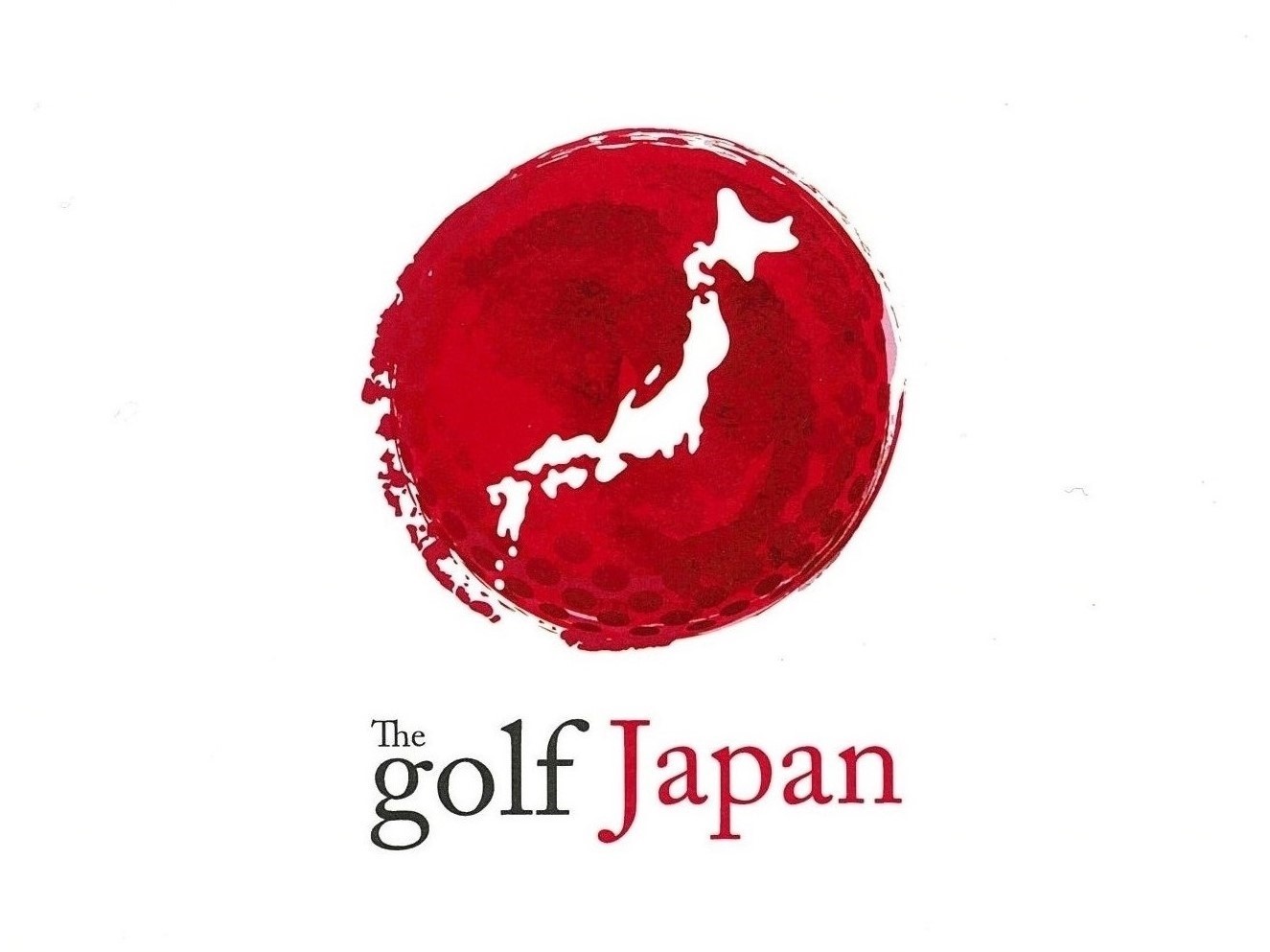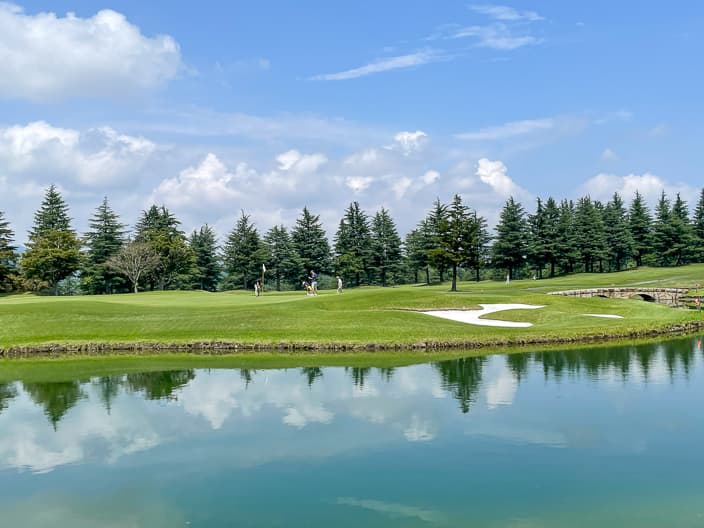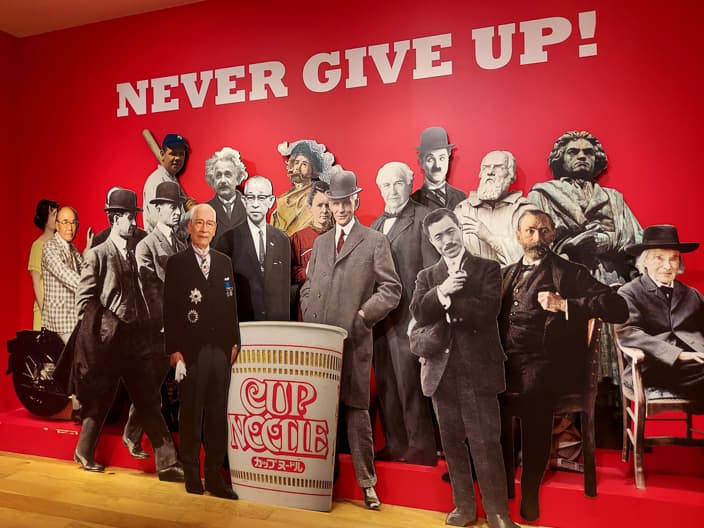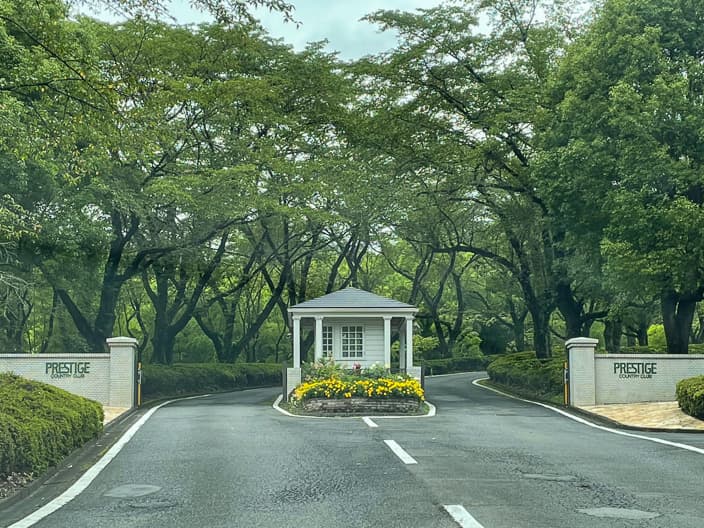
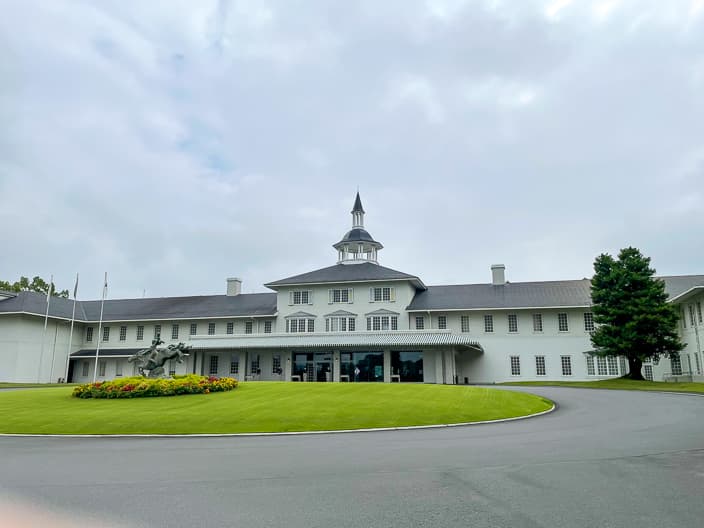
Hideki Matsuyama, who has achieved the feat of winning the Masters for the first time this year, is probably the most prominent male professional golfer today. However, it is a pity for golf fans that he cannot see his performance in Japan because his main battlefield is the US tour.
Then, who is the most memorable player among male professional golfers in recent years?
Is it Shingo Katayama, who has won the 4th place in the Masters Japanese best record and 31 wins in total on the tour, or Shigeki Maruyama, who was the head coach of the Tokyo Olympic 2020 team with the 4th place in the best Japanese record in the British Open and 30 wins in total on the tour? The recent recovery of Ryo Ishikawa, who won the youngest tour at the age of 15 and the boom of “Prince Hanikami (shy)” became a social phenomenon, is also impressive.
Looking back a generation ago, Isao Aoki, who played a famous death battle with Jack Nikolaus at the US Open in 1980, won a total of 51 tours throughout his life. Or Tommy Nakajima, who won the tour 48 times and was the first Japanese to record in the top 10 in all four major tournaments in the world, and there is Masashi Ozaki who played the golden age of men’s professional golf called “AON era” together with them. He is nicknamed “Jumbo” because of his large body shape and amazing flight distance, and he is probably the historic superstar of the Japanese professional golf world.
In high school, he played an active part in a baseball team in Tokushima Prefecture in Shikoku, and in the spring of 1964, he participated in the national high school baseball tournament at Koshien Stadium for the first time as an ace pitcher and won the championship. After graduating from high school, he joined the Nishitetsu Lions baseball team and became a professional baseball player, but he gave up early and passed the golf protest in 1970 and became a golfer.
As early as 1971, the year after passing the protest, he won the “Japan PGA Championship” for the first time, and in the following three months he won five times, which surprised the people around him. Since then, he has set 94 unprecedented records for professional golf tours, including 14 major tournaments, and 12 prize-winning championships.
In 1973, he became the first Japanese to rank 8th in the Masters, and that year he won the PGA prize. Since then, he has participated in the Masters 18 times in total, and has been a big success overseas, such as being in the top 10 at the 1979 US Open and the 1989 US Open.
In 1996, he won the Dunlop Phoenix Tournament three times in a row and achieved 100 wins in total. In 1997, he was ranked 5th in the world.
At the age of 55, he won the tour at the “ANA Open” in 2002, participated in 1,000 games in total in 2005, and at the age of 66 in 2013, he scored 62 strokes on the first day of the “Tsuruya Open” and was the first age shot in the history of the tour, also achieving his second age shot at the age of 70 in 2017.
As you can see from these things, he left a strong impression on golf fans with his extraordinary ability and brilliant record.
Ozaki’s remarkable performance ignited the golf boom, and the number of games (34 games in 1972 → 52 games in 1973) and the prize amount increased dramatically. In addition, he was also a key player in laying the foundation for current professional golf tournaments, such as the introduction of a seed system based on the amount of annual prize money earned.
He was inducted into the World Golf Hall of Fame in 2010, but even today at the age of 74, he never participates in senior tours and continues to adhere to the aesthetics of a man who continues to stick to regular tours.
Recently, he presided over the “Jumbo Golf Academy” and focused on training young golf players, and coached top female players such as Erika Hara, the champion of the Japan Women’s Open last year, and Yuka Saso, who won the US Women’s Open this year.
One of the reasons why Ozaki strengthens his presence is probably a big turnaround victory. Fans have been fascinated by the miraculous victory, such as winning the championship by reversing the difference of 8 strokes four times in the past, such as the Fujisankei Classic in 1990. One of the dramatic reversal wins was the 59th Japan PGA Championship in 1991. On the first day, his younger brother Naomichi Ozaki was in the lead and Jumbo started in 14th place, but on the second day he retreated to 20th place, and on the final day, Jumbo hit a tremendous score of 61 with 1 Eagle 9 Birdie.
He won the championship in a come-from-behind victory with 6 strokes behind 2nd place. What’s more, if you can see such a drama, you will be impressed by the victory of achieving the eagle in front of the large crowd on the 18th hole of the island green. The stone bridge that crosses the island green was later named “Jumbo Bridge”. By the way, “AON” Nakajima was 6th and Aoki was 9th in this match.
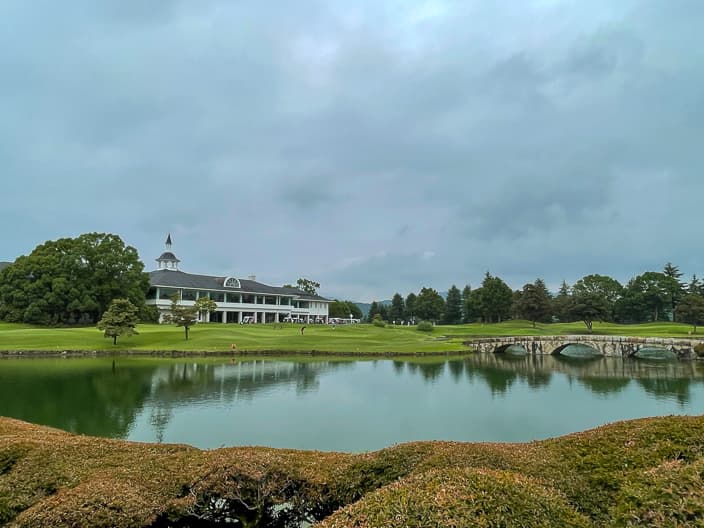
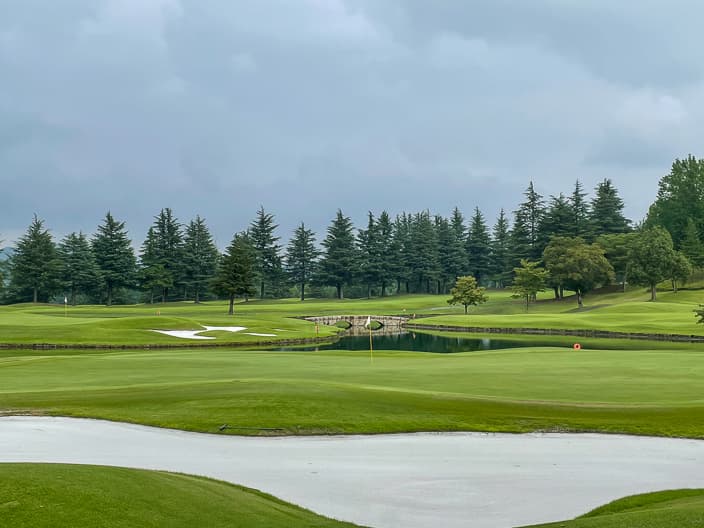
The “Japan PGA Championship”, which started in 1926, is a battle to decide the oldest professional golfer in Japan, and influential professional players from veterans to young players desperately participate in the game. As mentioned above, Ozaki became a professional player in 1971 and won his first victory in this tournament, and has won a total of six times since then. Among them, this “Prestige Country Club” is the course of the 1991 “Japan PGA Championship” where he won an impressive victory.
And at the 18th “Japan PGA Match-Play Championship” held on the same course in 1992, the year after the “Japan PGA Championship”, Tommy Nakajima, one of “AON”, won the championship. It was a time when the three AONs in their heyday led the Japanese professional golf world.
By the way, the “Japan Match-Play Championship” is a major tournament in which the top 32 players with the highest prize money compete, and was held 29 times from 1975 to 2003. Ozaki won the 15th tournament in 1989, but Nakajima won three times, Aoki has achieved two consecutive victories.
The “Prestige Country Club” was planned as the “Azusa Golf Club”, which was named after the place in Azusamachi-town, and opened in 1988. After that, the management changed and in 2003 it was managed by PGM under the umbrella of the US investment fund Lone Star, and in 2017 it became one of the “Grand PGM” which is a high-grade course with only 16 locations among the courses under the PGM. The course is relatively flat, the fairways are spacious, and there are 36 dynamic American-style holes with distance. It is a beautiful forest / hill course with large ponds and white sand bunkers made by finely crushing marble, and it is also a full-scale champion course that requires distance, accurate shots, and strategy.
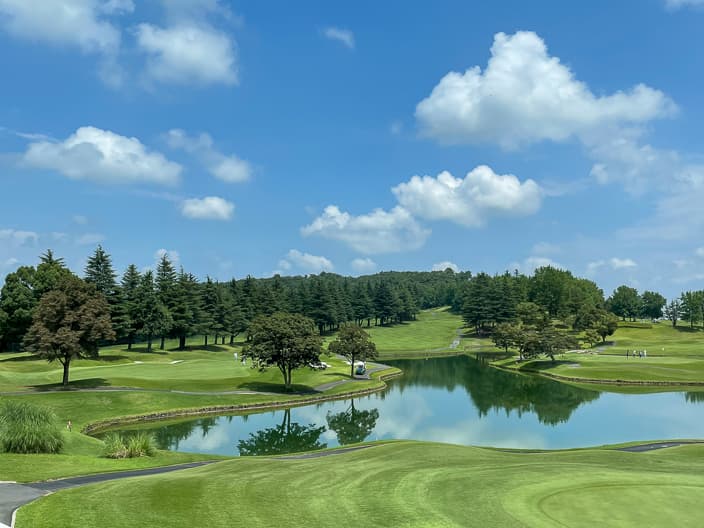
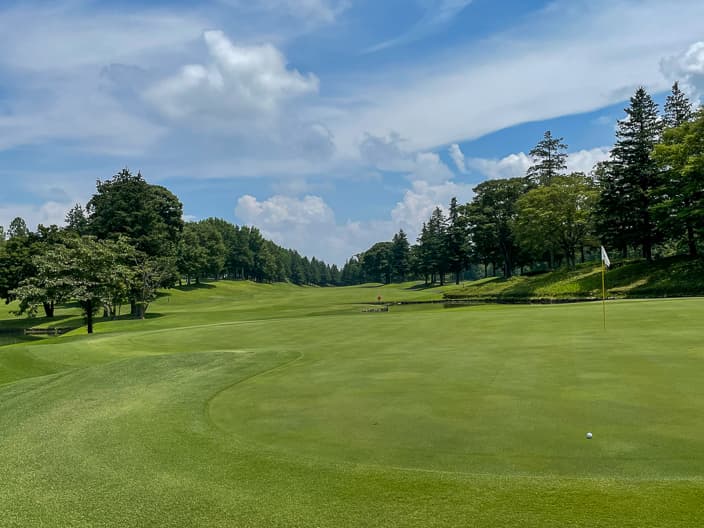
Designed by American designer J. Michael Poellot, who has worked on more than 200 courses in the United States and Japan. He studied course design under renowned designer Robert Trent Jones Sr. and is known for his modern American-style sculptural beauty with ponds and beach bunkers. However, it is said that it is not just an American style, but a course layout that reflects the links design concept of Scotland, the birthplace of golf.
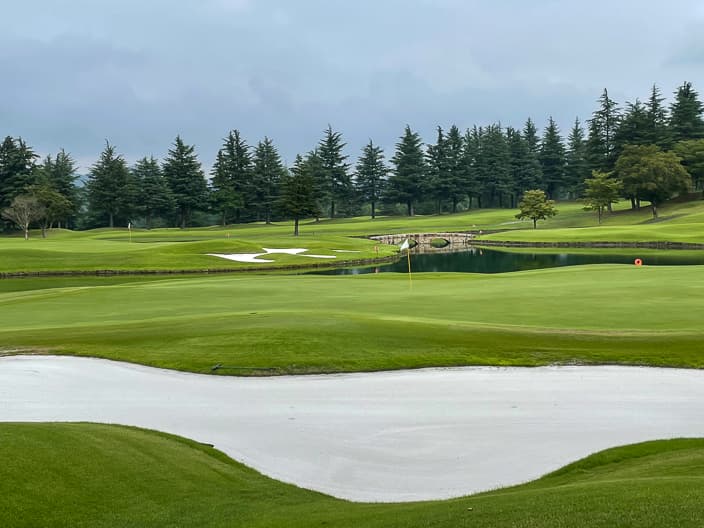
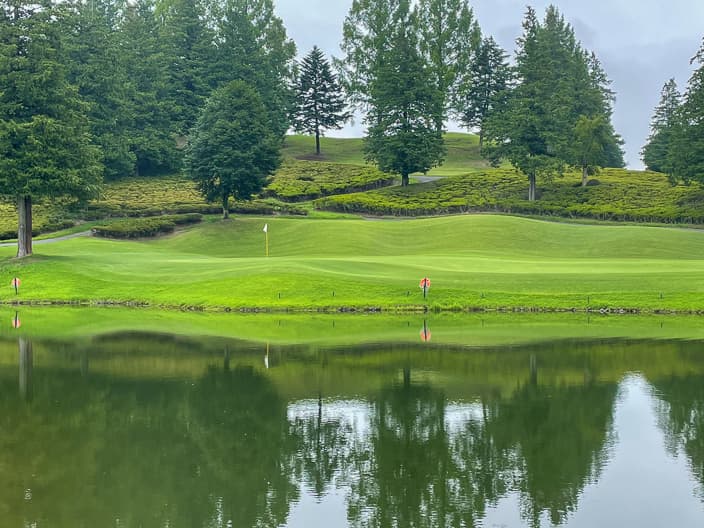
Let’s take a look at the eastern course where Jumbo Ozaki won a dramatic victory.
The first hole (460 yards, par 5) starts with a long hole, but it is straight, spacious and gently downhill, and the distance is relatively short. Players want to hit the tee shot comfortably and aim for a good score from the start, but be careful of the large bunker in front of the right side of the green.
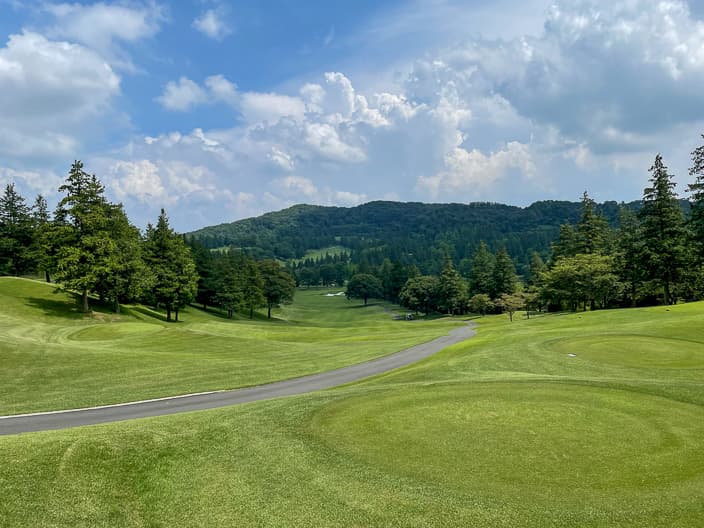
The 2nd hole (377 yards, par 4) gently dog-wrecks to the left, and the cliffs of the OB line continue on the right, so each shot will not go unnoticed. There is also a vertically long bunker on the right side of the green, so I would like to aim for the cart road on the left side.
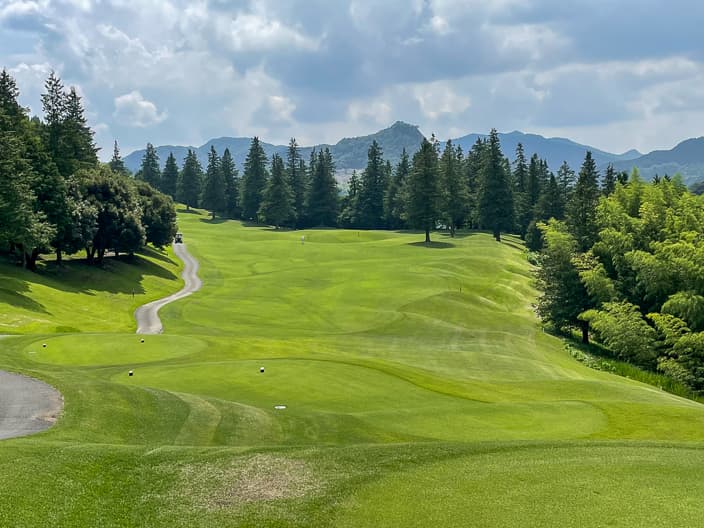
3rd hole (308 yards, par 4) A spacious, short middle hole makes it easy to get a par, but the large cross bunker at the point of the tee shot is dangerous.
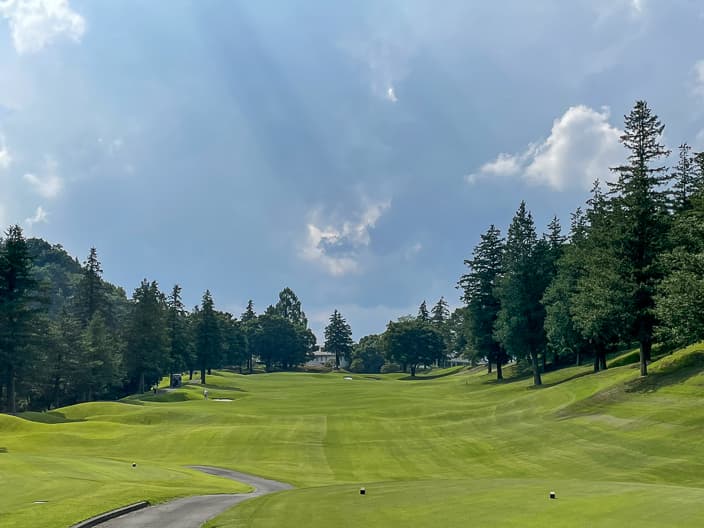
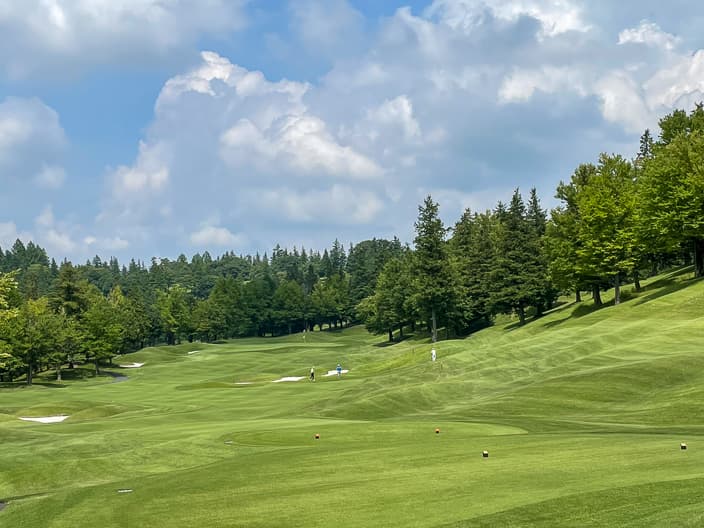
The 4th hole (133 yards, par 3), a large pond that surrounds the green from the right side of the fairway, puts pressure on the draw hitter. Although it is a beautiful short hole, there are not only a pond but also three large bunkers around the green, so an accurate tee shot is required.
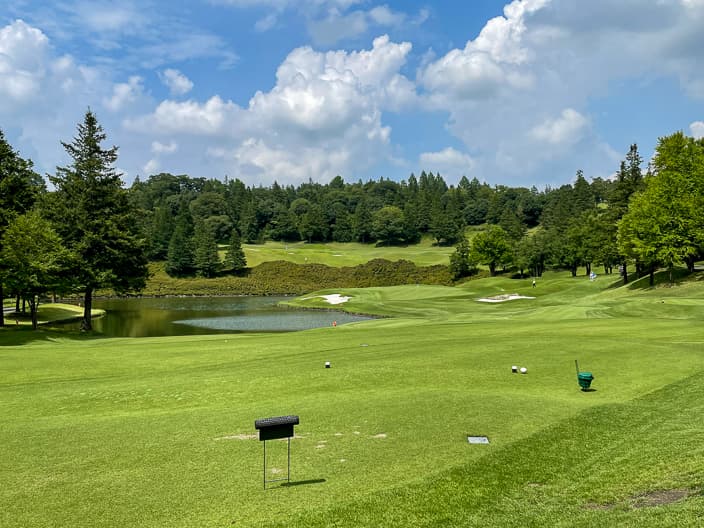
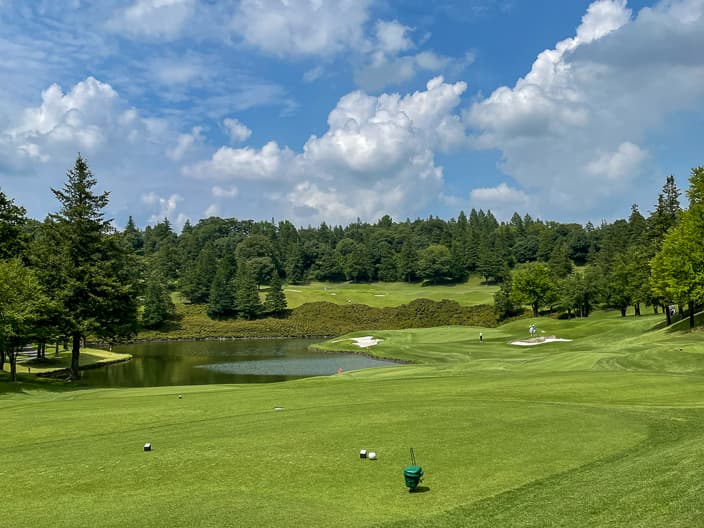
5th hole (395 yards, par 4) This is a long middle hole that gently dog-wrecks to the right, but like the 2nd hole, it slopes to the right, so players want to go from the left.
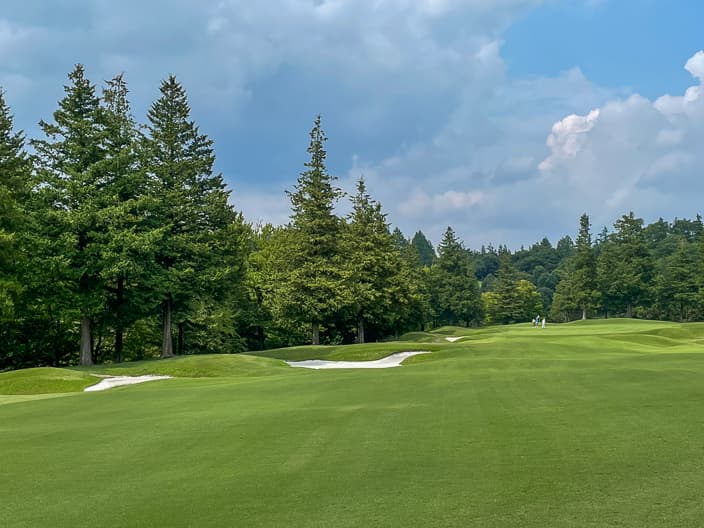
The 7th hole (141 yards, par 3) is a flat and spacious short hole where you can hit a tee shot without feeling pressure, but be aware that the large guard bunker on the left of the green is considerably larger than you can see from the tee ground.
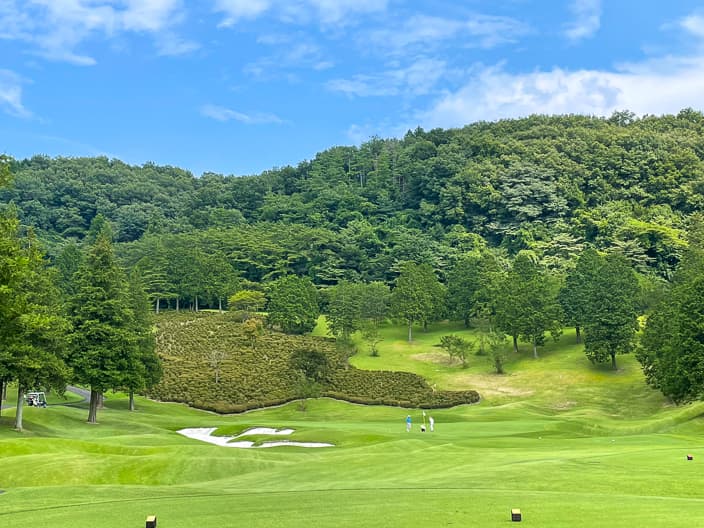
8th hole (555 yards, par 5) An impressive long hole that dynamically draws an S shape. It is spacious and slightly downhill, so you can hit the tee shot comfortably, but there is a large pond and guard bunker in front of the left side of the green, so players want to go from the right side without overdoing it.
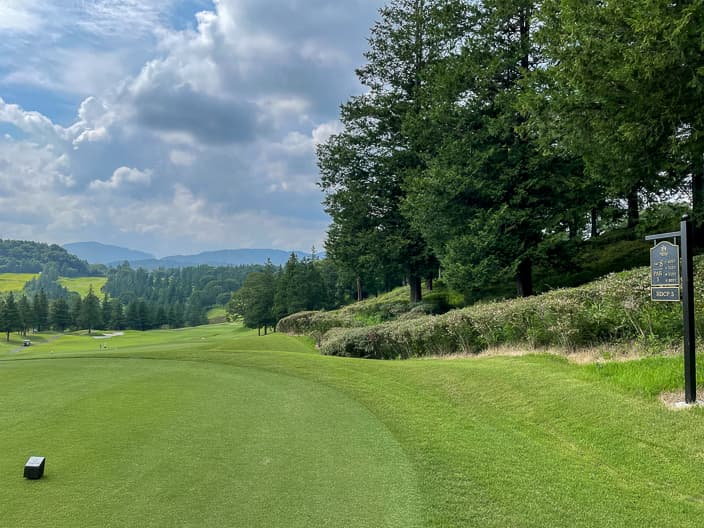
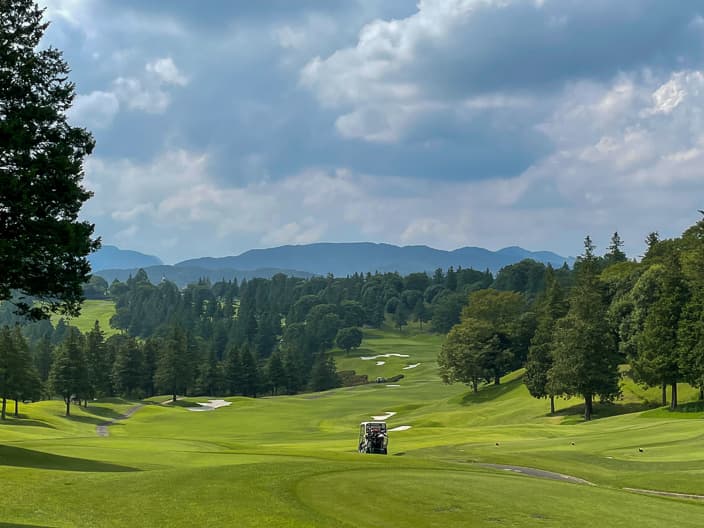
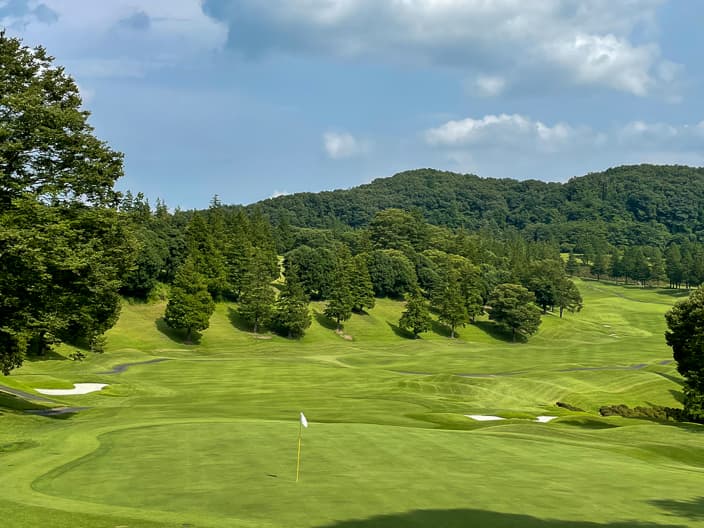
9th hole (355 yards, par 4) A middle hole that runs straight toward the clubhouse. It is easy to get a par if you pay attention to the cross bunker on the left side of the fairway.
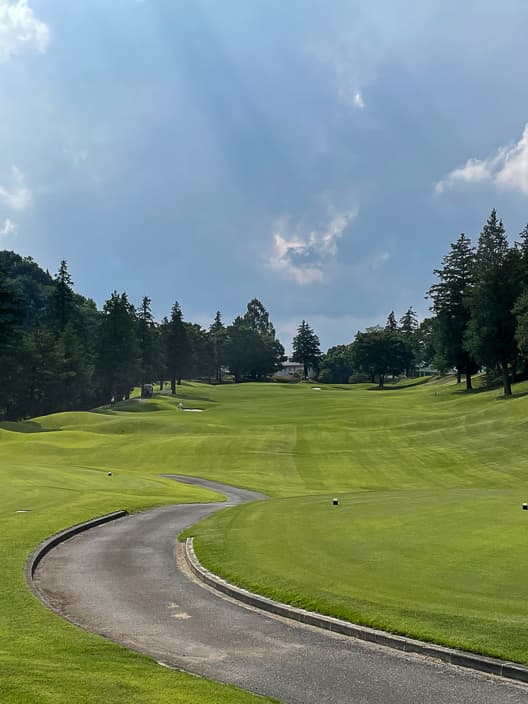
10th hole (483 yards, par 5) A straight, flat long hole with no distance that you want to aim for a good score. Please note that if the tee shot goes to the right, it will go to the bottom of the slope.
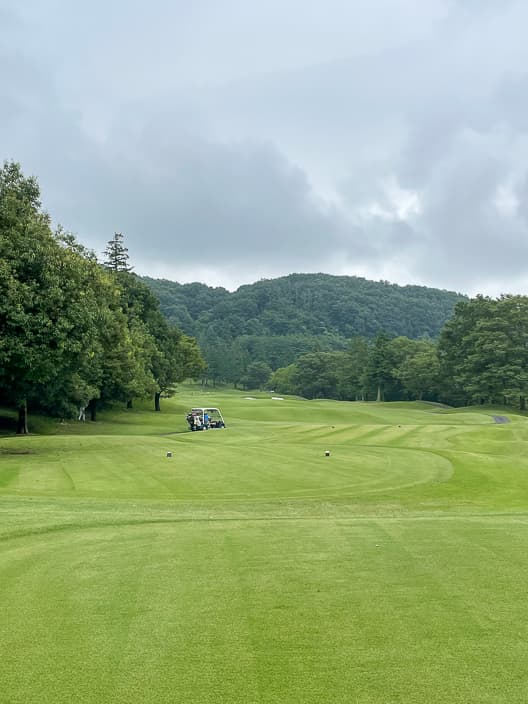
12th hole (145 yards, par 3) This is also a straight and slightly downhill short hole, the guard bunker is only on the right front and there is no pressure, but it is a little difficult to get a sense of distance because the green is elevated.
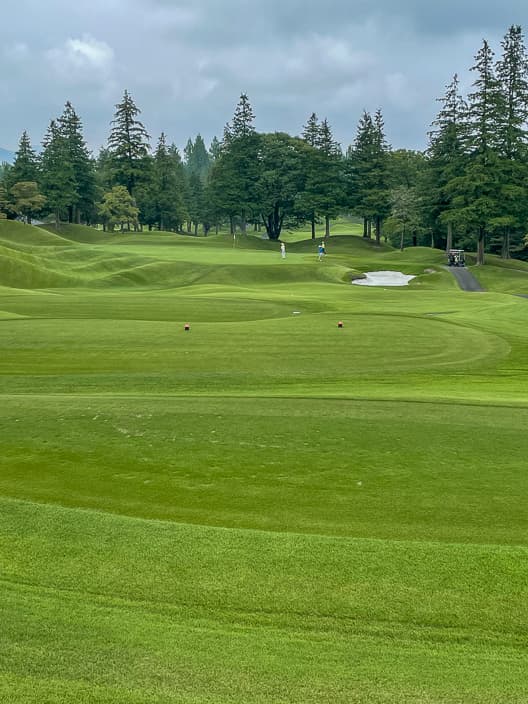
The 13th hole (412 yards, par 4) is a downhill and right dog wreck hole with a distance. On the right side, there are cliffs and ponds that are OBs, and there is also a large bunker, making it the most difficult middle hole.
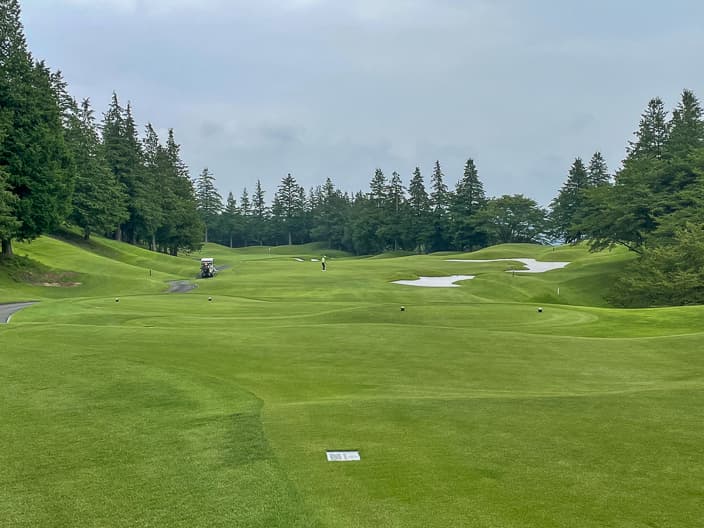
The 15th hole (298 yards, par 4) is a slightly uphill slope, but there is no distance and it is the easiest middle hole to get a par. But large trees are approaching to the left and right near the tee ground, so it feels narrow when hitting a tee shot.
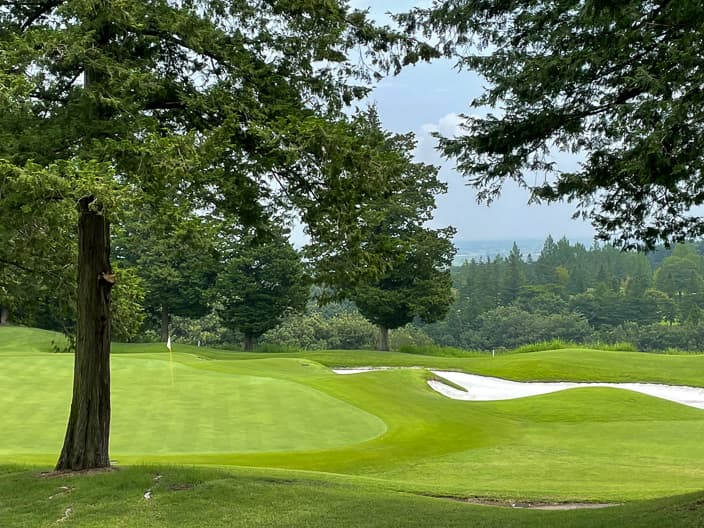
The 16th (379 yards, par 4) has large cross bunkers on the left and right sides of the fairway, and the dog wreck is on the left side of the bunker. There is also a guard bunker on the left side of the elongated green, so you need to attack carefully.
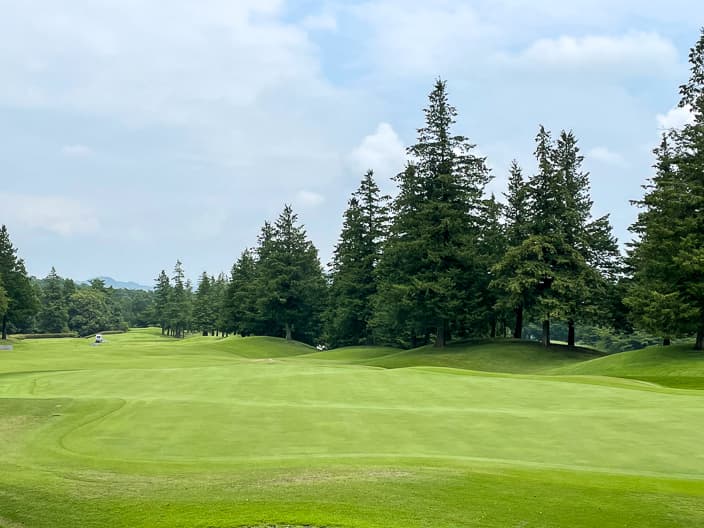
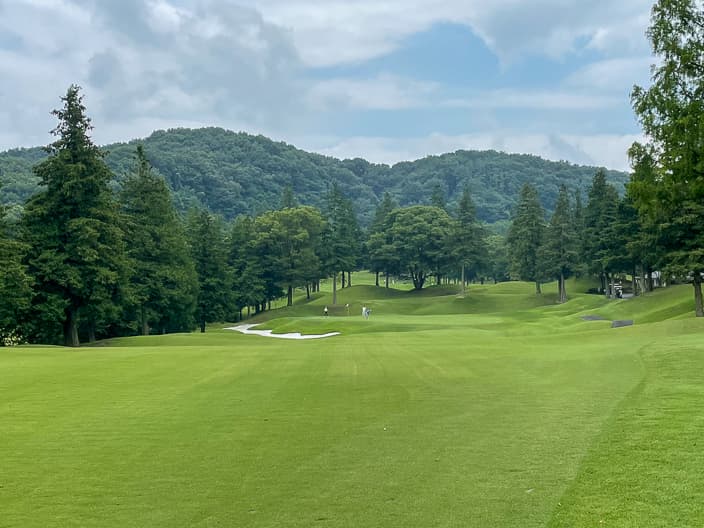
The 17th (171 yards, par 3) is the most difficult short hole with a long distance and a large pond on the right to the green. Therefore, average golfers should avoid risk and make sure to go from the fairway on the right.
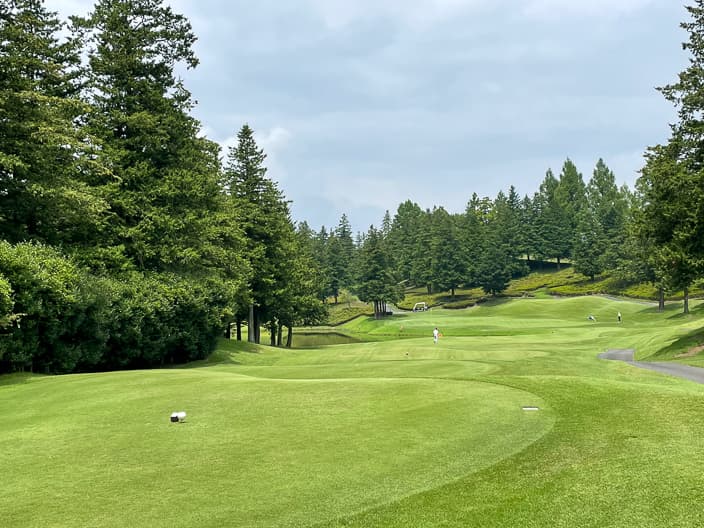
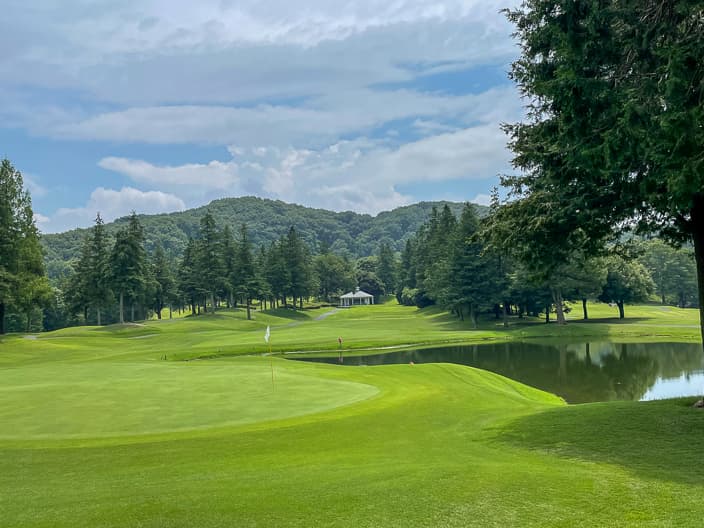
18th hole (520 yards, par 5) Jumbo Ozaki became famous for taking a dramatic eagle at the Japan PGA Championship. A very impressive hall, the beautiful island greens surrounded by white beach bunkers and ponds in front of the elegant clubhouse continue from the fairway like a peninsula. However, it is not easy to capture the green accurately, and it is a difficult hole that requires sufficient strategy. If you can put it on the green well, let’s cross the “Jumbo Bridge” proudly.
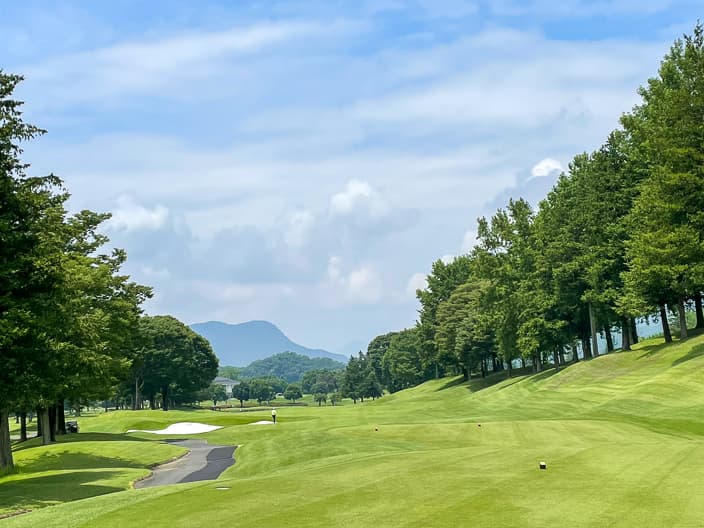
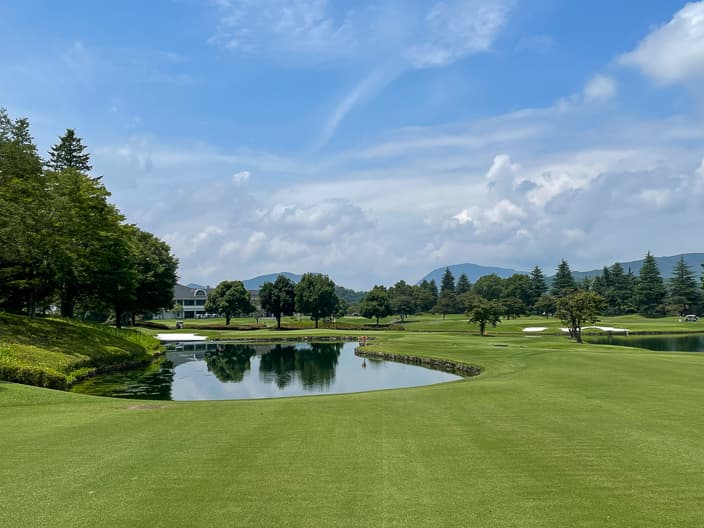
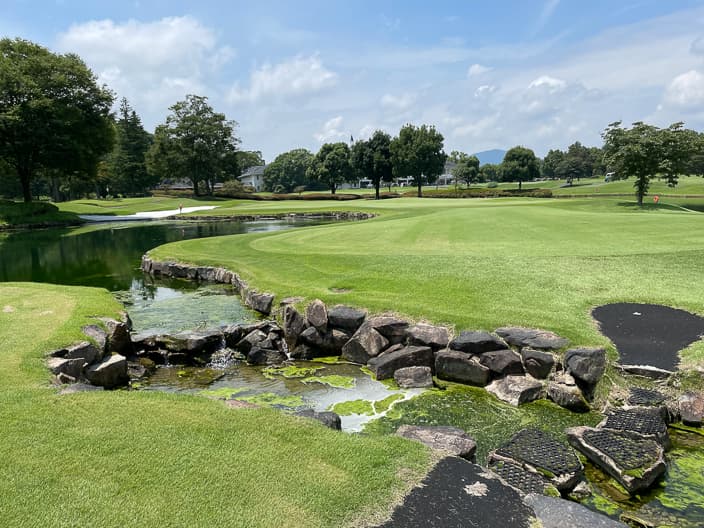
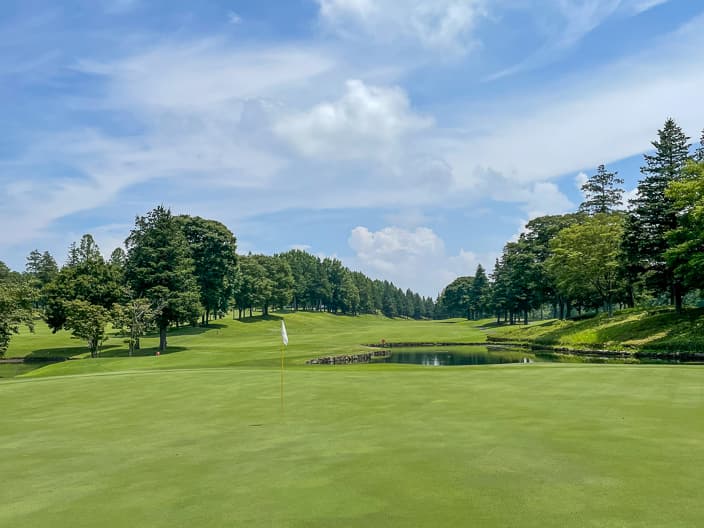
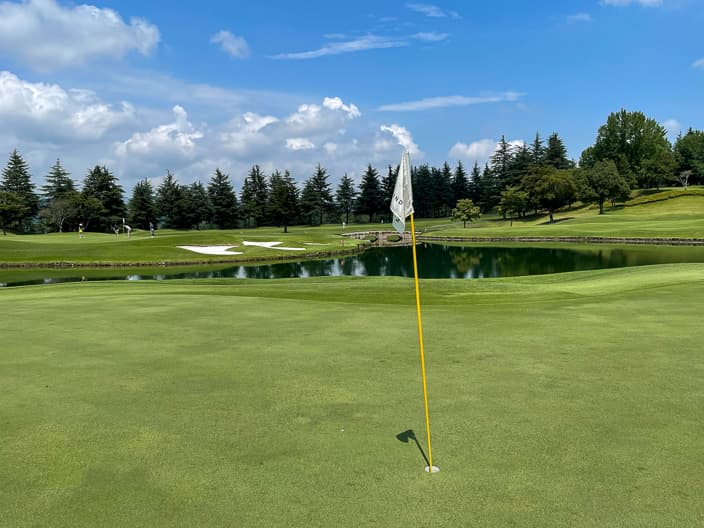
The clubhouse has white columns, deep blue carpets, marble walls and ornately decorated balustrades, creating a luxurious and elegant atmosphere. The large windows overlook the beautiful green surrounded by a pond, and the spacious dining room has a rich menu and you can enjoy the delicious cuisine.
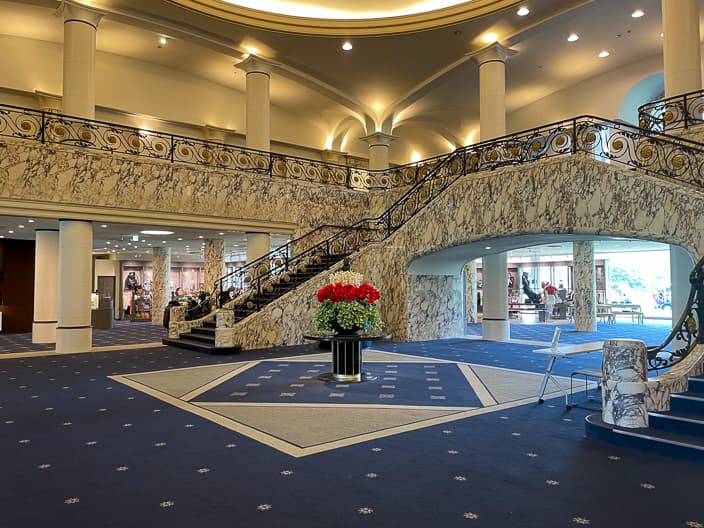
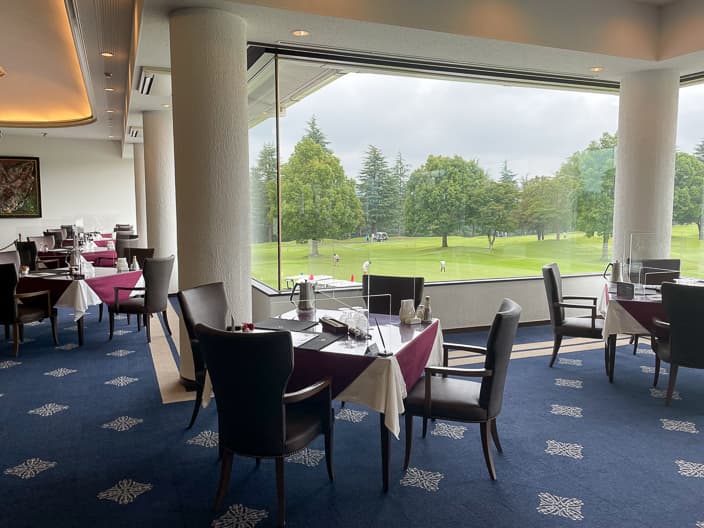
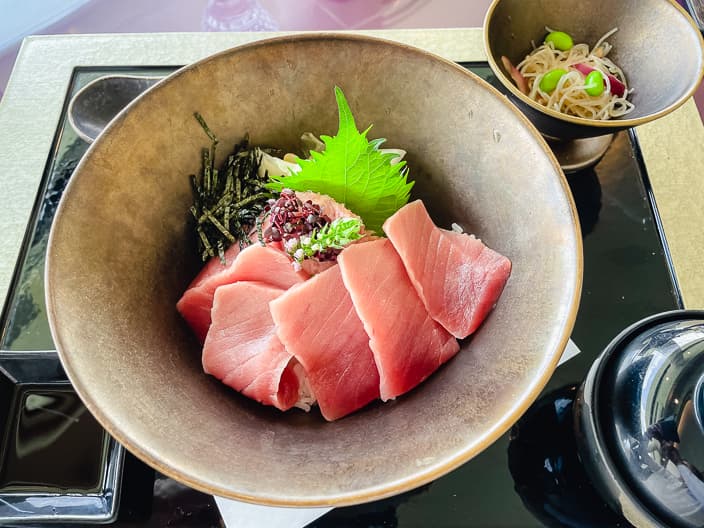
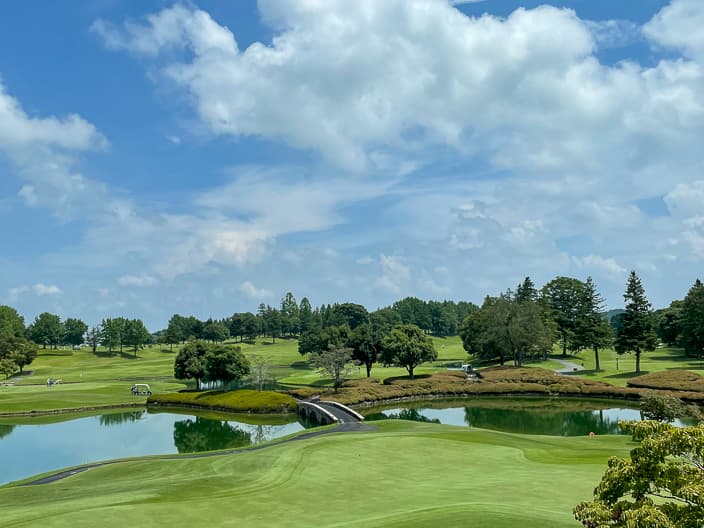
Also, in the large communal bath surrounded by large curved glass windows, which is just across the glass corridor from the very spacious locker room, you can get rid of the tiredness of play while looking at the elegant scenery like a Japanese garden.
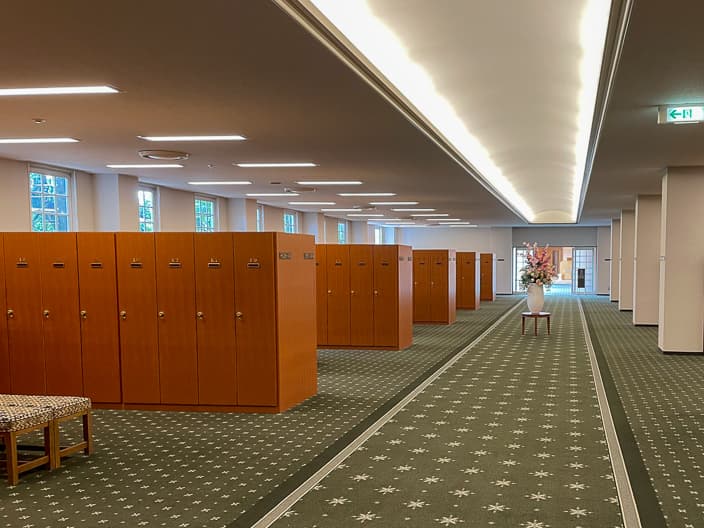
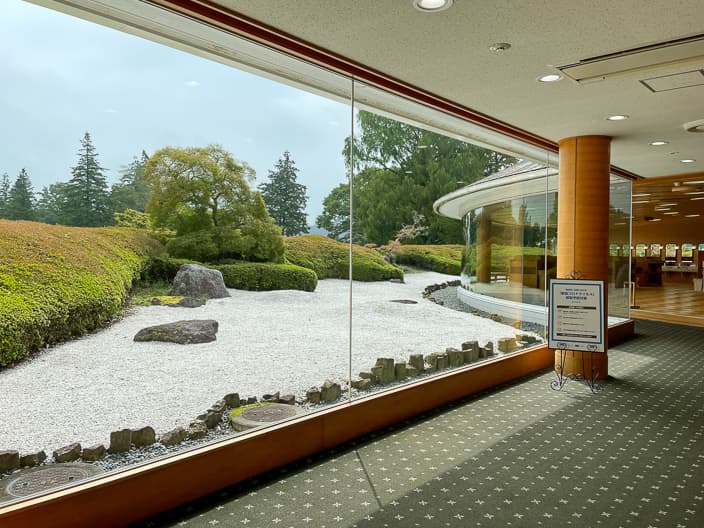
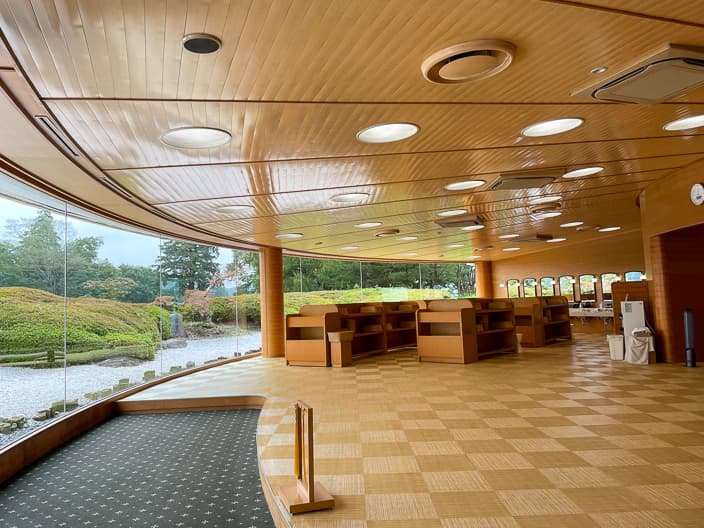
Located about 10 minutes from the Tochigi Interchange on the Tohoku Expressway, why not enjoy an inspiring play on the elegant and stately champion course?
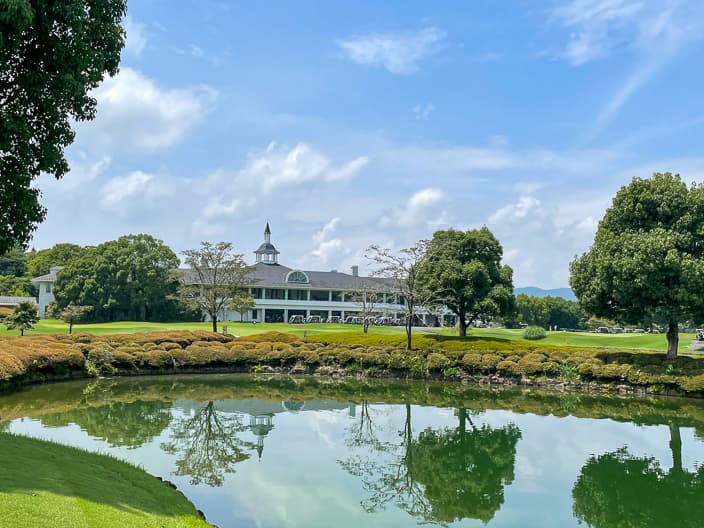
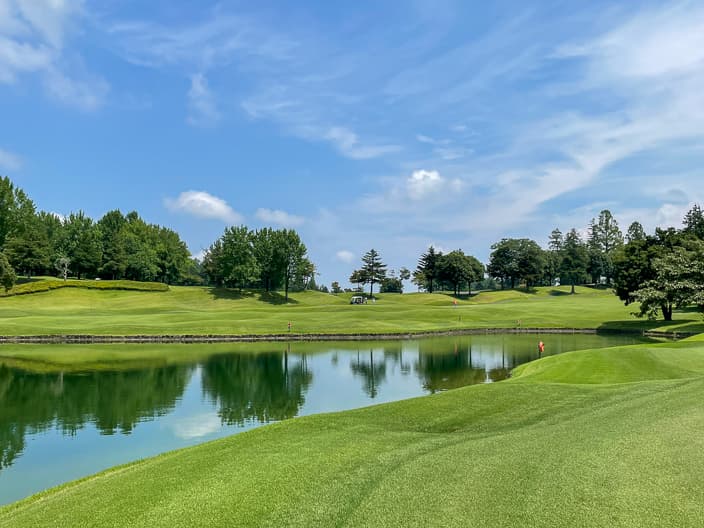
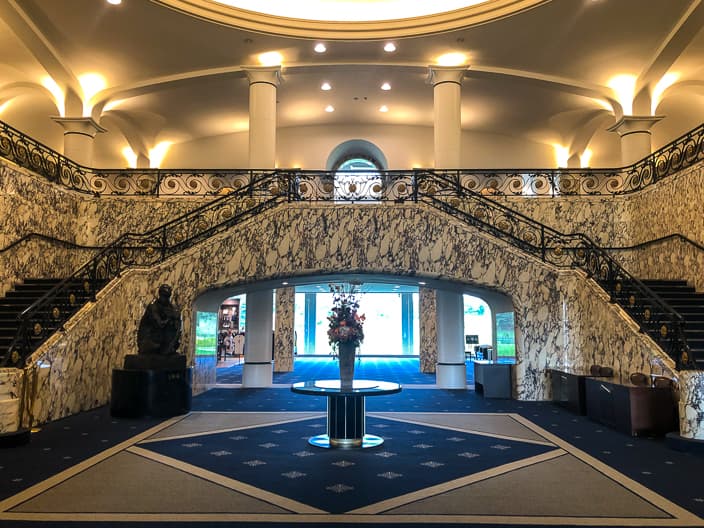
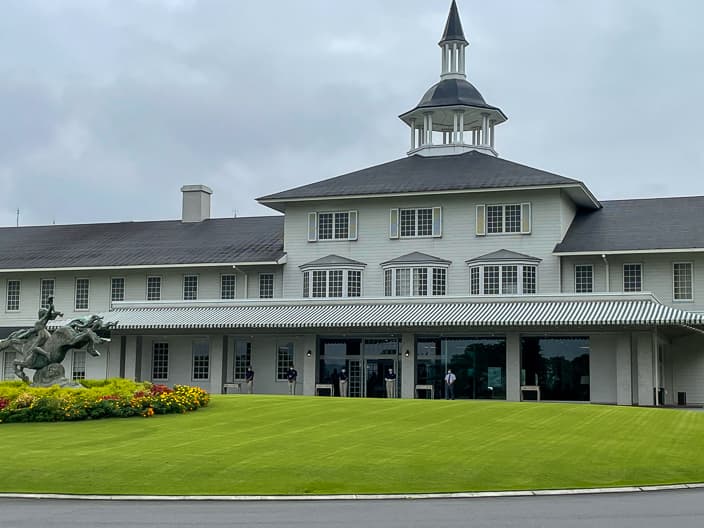
Prestige Country Club
| Address | 455-1 Azusa-machi, Tochigi-shi, TOCHIGI |
| TEL | 0282-31-1111 |
| Website | https://www.pacificgolf.co.jp/prestige/ (Japanese Only) |
